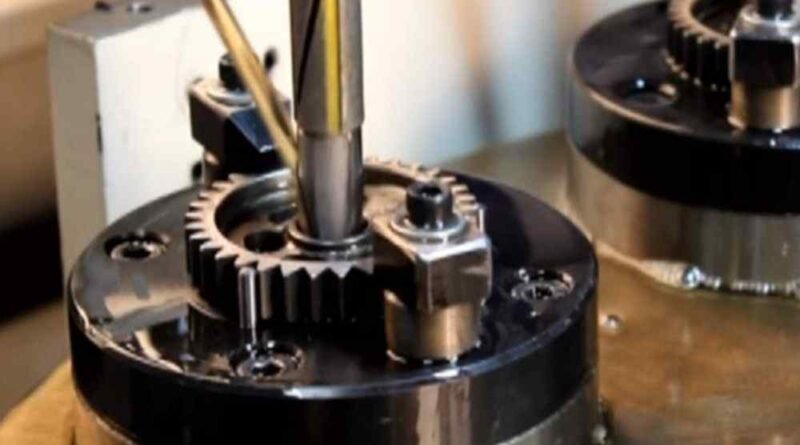Super Finishing Processes
The workpiece which is produced through various basic or traditional metal machining operations such as turning, drilling, boring, milling although fairly accurate in size, which are not carry a very high degree of surface finish. This workpiece is not usually use where a high precision surface finish is need, they do not readily suit the service they are intended for and are to be subjected to one or more further operations to be obtain desired surface finish on them. These precision surface finishing operations, employed for producing extremely high surface finish, are called micro-finishing operations for the reason that the surfaces finished through these processes are specified in microunits.
What is Super Finishing?
Superfinishing is a high-precision machining process which is used to achieve a very smooth and refined surface finish on a workpiece. It is a type of machining process in which a rotating workpiece is finished by a relatively soft stone with fine abrasive oscillating parallel to the workpiece surface. There are some of the main important methods of super finishing processes are as follows,
- Grinding
- Lapping
- Honing
- Polishing
- Buffing
1. Grinding:
Grinding is a finishing operation used for final finish and super finish. Grinding is the process of removing the material in the form of a small chips by mechanical action of abrasive particle bonded together in a grinding wheel. Grinding is an abrasive machining process that uses a grinding wheel or abrasive belt as the cutting tool.
Also Read: Machines in Mechanical Engineering for Production Process
Grinding is one of the efficient ways to achieve a smooth and uniform surface finish, which is essential for many applications. It is a precise and controlled process that can help improve dimensional accuracy and consistency. Grinding is used to improve the surface finish of machined parts and improve dimensional accuracy.
2. Lapping:
Lapping is an abrading process employed as a precision finishing operation to achieve geometrical accuracy, high dimensional accuracy and refined surface finish. Lapping is a process of superfinishing where abrasive particles are involves in a liquid and rubbed against the workpiece surface. The combination of abrasive and liquid are called as “slurry”, this is a liquid cutting tool.
Lapping is a superfinishing process used to create an ultra-flat surface finish. Lapping is a process in which any materials can be lapped whether it is soft or hard with any sizes from 12mm to 900mm in diameter. Lapping is used to finishes high-precision components such as ceramic pieces, optical lenses, surface plates and press work dies.
3. Honing:
Honing is a surface finishing processes used for finishing previously machined surfaces. It is a more accurate process to create accurate and smoother surfaces. Honing is a superfinishing process that involves the use of abrasive stones to remove material from the surface of a workpiece. The honing process is used for creating straight, round, and smooth surfaces which are commonly used for applications where sliding or rotating motion is used.
Honing is a surface finishing process that produces a precision surface on a workpiece by scrubbing an abrasive stone against it along a controlled path. Honing is used to improve a geometry form of a surface. Honing is a rapid and economical process with high productivity at low cost on any desirable surface finish can be obtained.
The main application of honing is generally in removing scratches remaining after grinding. It is also used for finishing of engine cylinders, bearings, gun barrels, etc.
4. Polishing:
Polishing is a surface finishing operation which is employed for removing scratches, tools marks and similar other irregularities from the surface of workpieces produced while performing operations such as machining, casting, forging, etc. Polishing is a superfinishing process that uses abrasives or polishing compounds to remove irregularities and create a high-gloss surface finish.
The main objective of polishing is to improve the surface finish and the accuracy of size and shape of a workpiece. The polishing is used to removing scratches, tool marks and imperfections.
5. Buffing:
Buffing is a superfinishing process which is usually performed after polishing to give much higher, brighter and reflective surface finish on the workpiece. Buffing involves the use of a rotating cloth wheel and polishing compounds to smooth and enhance the surface of a workpiece. Buffing wheels are made of liner cotton, cloth wool or felt. Fine abrasive particles are mixed with a binder is applied on the wheel or on the surface of workpiece.
Superfinishing processes play a very important role in finishing and precision of surface of a workpiece and the performance and reliability of critical components in various industries.





